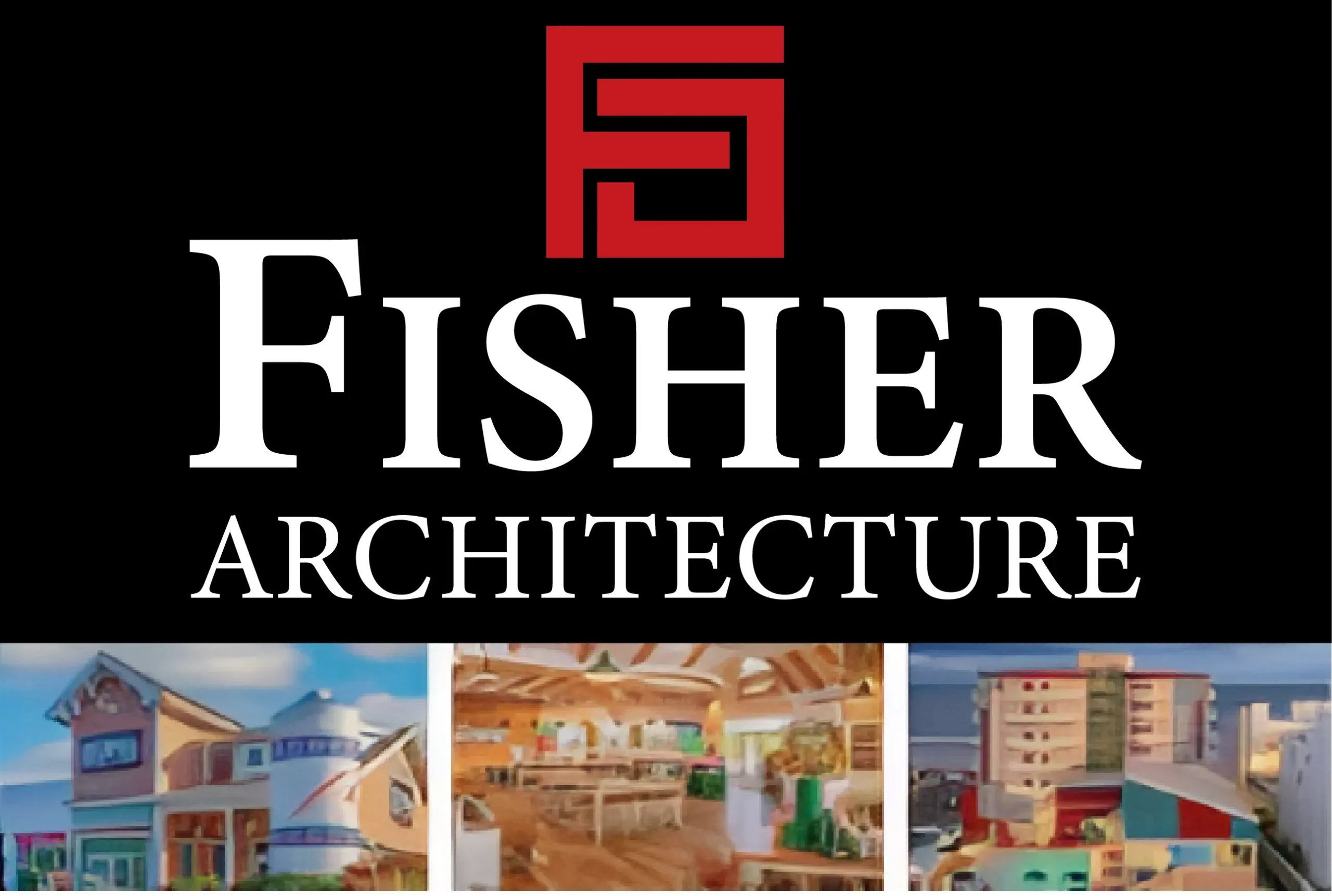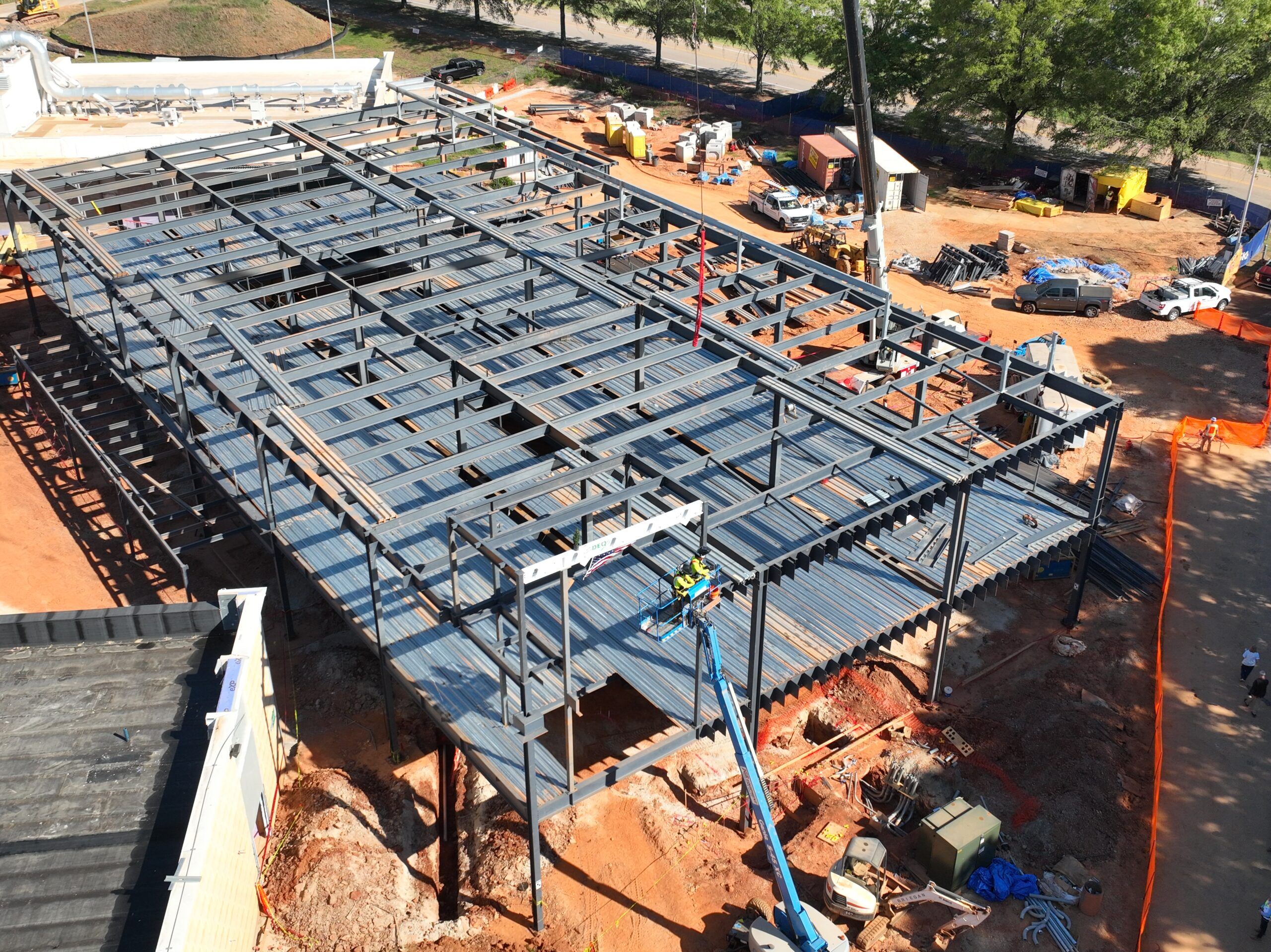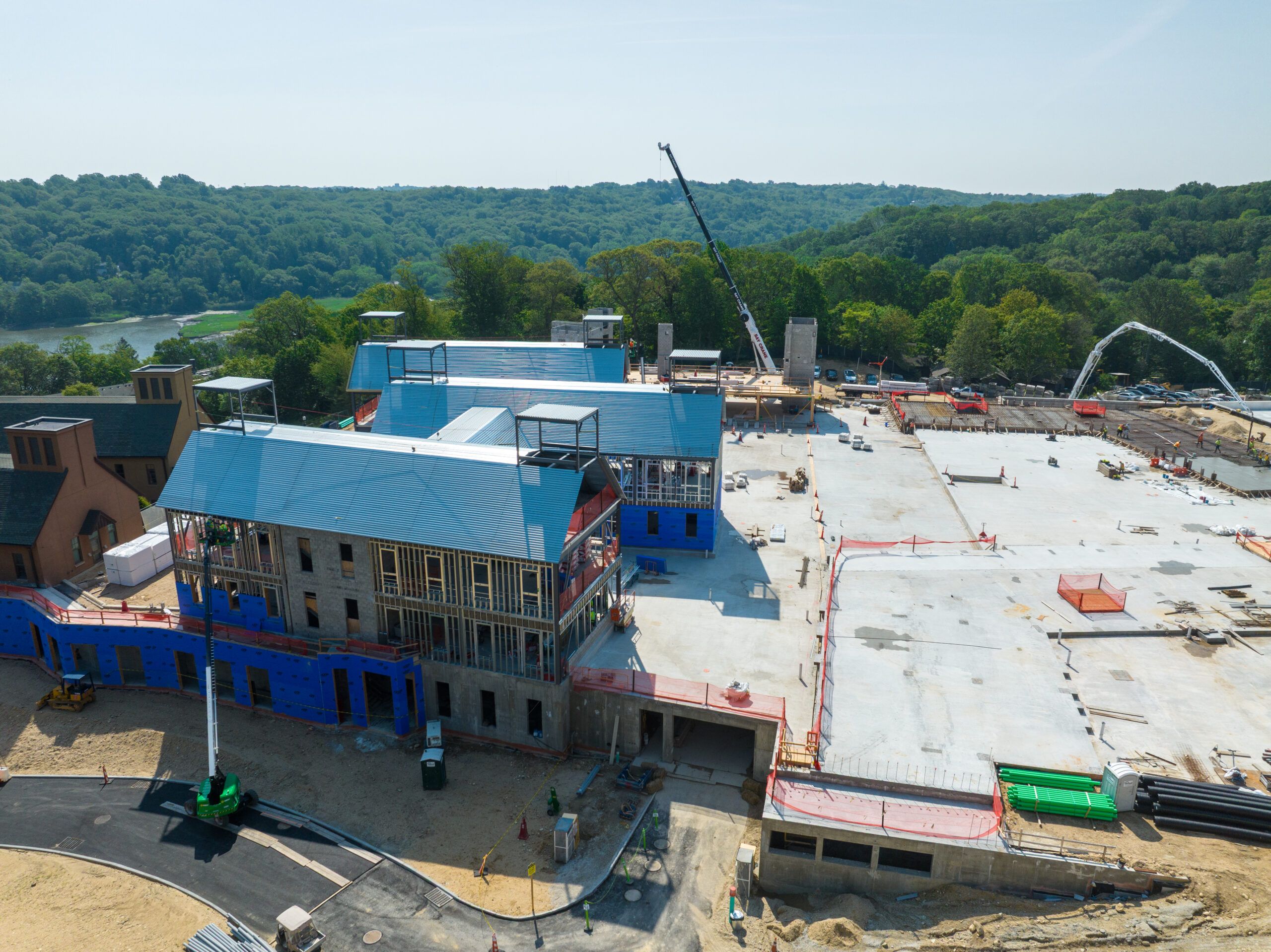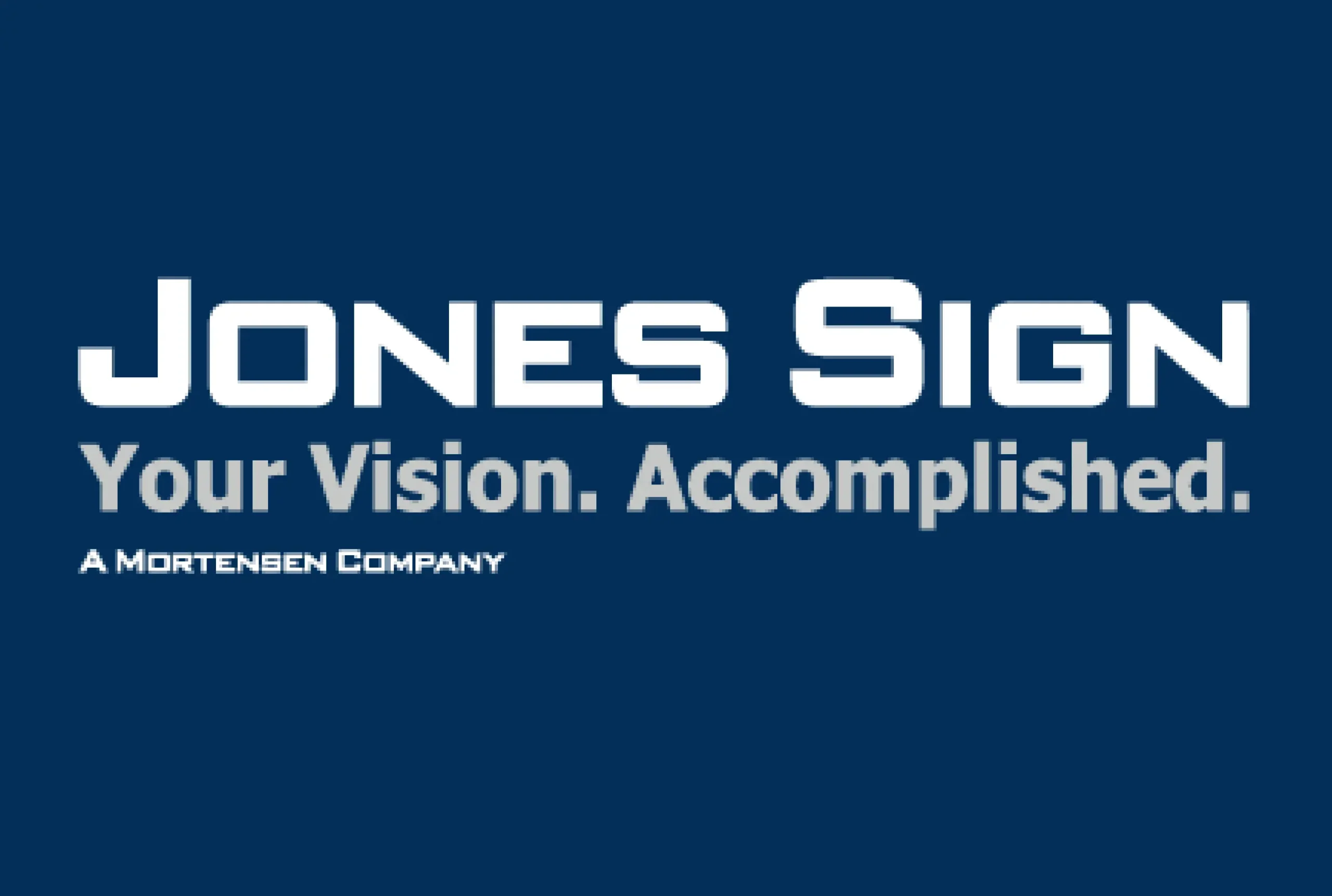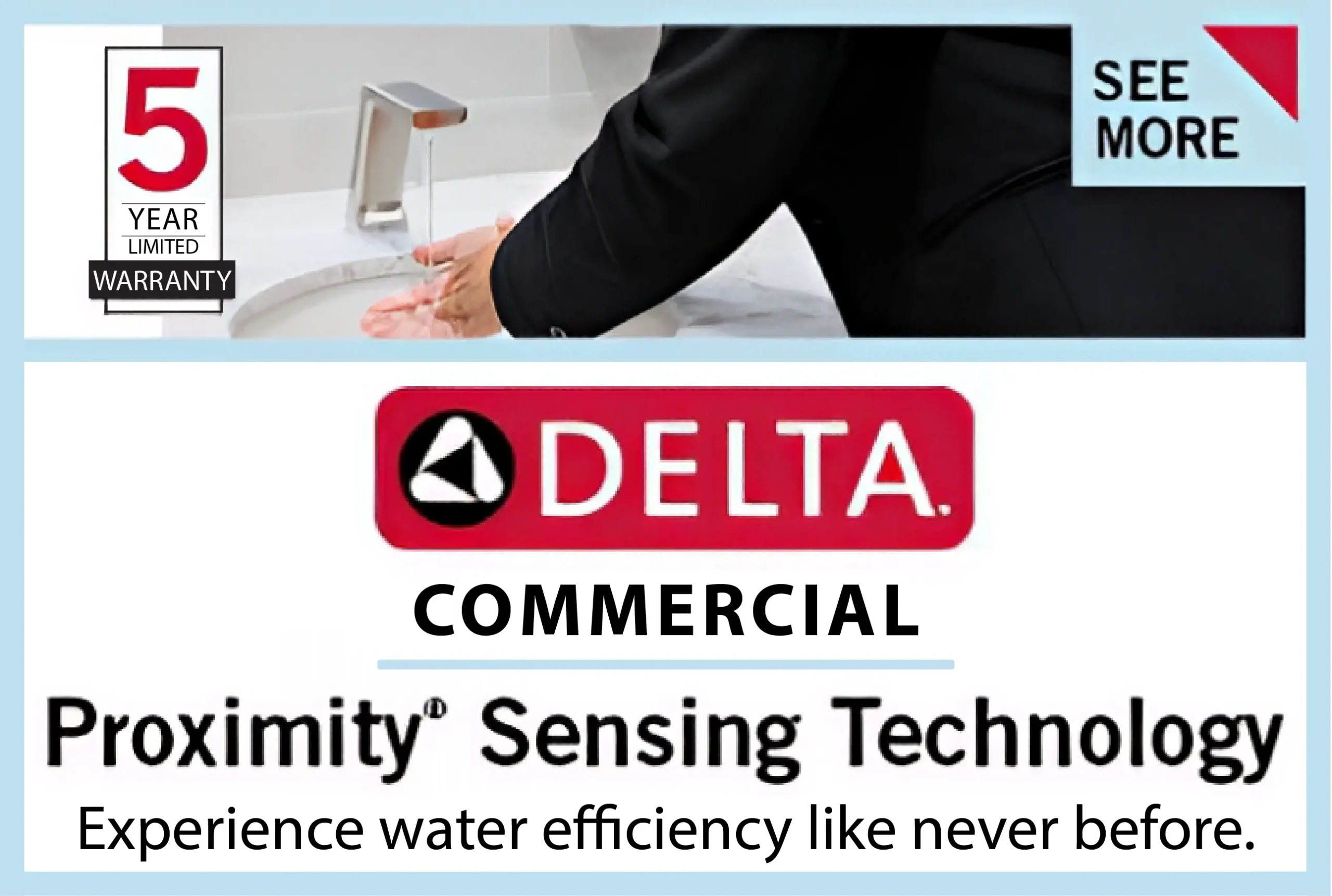The psychology behind home purchasing decisions runs deeper than square footage and price points. Modern homebuyers prioritize lifestyle alignment and emotional connection when selecting their next property. The real estate market today demands a nuanced understanding of evolving consumer preferences and decision-making patterns.
Location and Community Impact
Communities shape lifestyle choices and daily experiences for homeowners. Neighborhood character, school quality, and local amenities significantly influence property selection. Access to parks, shopping, and entertainment creates the foundation for long-term satisfaction.
Teton Valley’s pristine landscapes and tight-knit community atmosphere draw homebuyers seeking a balance between natural beauty and modern conveniences. The region’s expanding cultural scene and outdoor recreation opportunities have transformed it into a sought-after destination for primary residences and vacation homes. For those exploring this remarkable area, teton valley homes for sale offers diverse options to match various lifestyle preferences.
Design Preferences and Modern Features
Open floor plans and multifunctional spaces dominate current home design preferences. Smart home technology integration and energy-efficient features rank high on buyers’ must-have lists. Natural lighting and indoor-outdoor living spaces continue to drive architectural decisions.
Remote work capabilities influence the need for home office space and reliable connectivity. Dedicated workspaces with proper lighting and soundproofing have become essential features. Storage solutions and organizational systems attract buyers focused on clutter-free living.
Financial Considerations
Mortgage rates and long-term investment potential guide purchase decisions. Buyers analyze property appreciation trends and neighborhood development plans. Future resale value weighs heavily in the decision-making process.
Property taxes, insurance costs, and maintenance expenses factor into monthly budgeting. Homeowners associations and community fees require careful consideration. Energy-efficient improvements often justify higher upfront costs because of long-term savings.
Market Comparison: Key Features Buyers Value
Feature Category High Priority Medium Priority Low Priority
Location School District Shopping Access Public Transit
Home Features Updated Kitchen Smart Technology Pool/Spa
Financial Purchase Price HOA Fees Upgrade Potential
Community Safety Rating Parks/Recreation Social Events
Timing and Market Conditions
Seasonal patterns influence buying behavior and property availability. Market competition levels affect negotiation strategies and offer timing. Economic indicators guide buyers’ confidence when making major purchases.
Local market trends and inventory levels shape decision timelines. Interest rate fluctuations impact purchasing power and financing choices. Regional development projects influence long-term value projections.
Environmental Impact
Sustainable building materials and energy-efficient systems attract environmentally conscious buyers. Solar panel installation options and water conservation features demonstrate forward-thinking design. Green spaces and native landscaping appeal to homeowners who prioritize nature.
LEED certification and energy ratings influence property selections. Environmental impact assessments guide renovation and improvement plans. Sustainable community initiatives enhance neighborhood appeal.
Future Considerations
Population shifts and demographic changes shape housing market evolution. Remote work trends continue to influence location flexibility and home design. Technology integration has become increasingly central to modern living spaces.
Infrastructure improvements and community development plans affect long-term value. Transportation networks and accessibility play a key role in driving neighborhood desirability. Cultural amenities and educational resources influence community growth.
Psychological Comfort Factors
The psychological impact of living spaces directly affects homebuyer decisions and long-term satisfaction. Optimal natural light exposure and thoughtful room proportions significantly influence emotional well-being and mental health. Strategic architectural flow and intentional spatial organization create harmonious daily living experiences.
Color psychology plays a vital role in creating comforting living environments. Noise reduction features and enhanced privacy considerations establish peaceful sanctuary spaces. Modern ventilation systems paired with strategic window placement optimize indoor air quality and comfort levels.
Technology Integration
Today’s homebuyers demand seamless technology integration throughout their living spaces. Smart home systems revolutionize daily routines while strengthening security measures and energy efficiency. Automated lighting and climate control systems reduce utility costs while enhancing comfort.
Advanced home automation hubs provide centralized control of all connected devices. High-speed internet infrastructure has become essential for remote work capabilities and entertainment needs. Integrated security systems with mobile monitoring give homeowners peace of mind anywhere.
Multi-generational Living
Modern families increasingly seek homes that accommodate multiple generations under one roof. Flexible floor plans with separate living quarters provide independence while maintaining family connections. Secondary suites with private entrances offer dignity and autonomy for extended family members.
Thoughtful space planning balances communal areas with private retreats for each generation. Multiple master suites provide comfortable accommodations for adult children or aging parents. Expanded kitchen designs enable shared meal preparation while maintaining personal space.
Storage Solutions
Strategic storage solutions rank consistently high among homebuyer priorities across all demographics. Walk-in closets and expanded pantry spaces provide essential organization for daily living items. Custom garage systems maximize vehicle and equipment storage while maintaining accessibility.
Dedicated mudroom areas manage seasonal transitions and daily organization needs. Basement storage areas offer climate-controlled protection for valuable possessions and family heirlobes. Attic spaces with proper access expand storage options while preserving main living areas.
Outdoor Living Spaces
Outdoor living areas extend functional square footage while connecting residents with nature. Covered patios and custom deck designs create year-round entertainment possibilities. Thoughtful landscaping establishes private outdoor sanctuaries for relaxation and recreation.
Modern outdoor kitchens transform backyard spaces into premier entertainment zones. Strategic lighting design extends outdoor enjoyment well into evening hours. Fire features and weatherproof materials ensure comfortable outdoor living in various conditions.
Property Accessibility
Strategic property access points enhance daily convenience and safety for residents. Thoughtful street placement and parking configurations accommodate modern family vehicle needs. High walkability scores consistently correlate with stronger property value retention.
Well-designed driveways balance aesthetic appeal with practical functionality for multiple vehicles. Integrated sidewalk systems strengthen community connections and pedestrian safety. Dedicated bicycle storage and trail access support active lifestyle choices.
Resale Potential
Forward-thinking buyers consider universal design elements that appeal to future market demands. Classic architectural styles maintain enduring appeal across changing design trends, and quality construction materials and methods ensure lasting structural integrity.
Professional market analysis guides strategic property improvements and renovations. Stable school districts and positive neighborhood development patterns support strong resale values, and community amenities and infrastructure improvements contribute to long-term investment returns.
Frequently Asked Questions
How long should buyers expect to stay in their first home?
Most first-time buyers remain in their homes for 5-7 years. Market conditions and life changes often prompt moves. Financial advisors recommend planning for at least five years of ownership.
What home features provide the best return on investment?
Kitchen and bathroom updates consistently deliver strong returns. Energy-efficient improvements reduce ongoing costs while adding value. Outdoor living spaces expand usable square footage and attract future buyers.
How do school districts impact home values?
Quality schools typically correlate with stable or increasing property values. Educational rankings influence family buyers’ location choices. District boundaries often define neighborhood desirability and price points.
Ready to find your ideal home? Start by prioritizing your must-have features and researching target neighborhoods. Contact a local real estate professional to navigate current market conditions and available properties. Remember that careful planning and market awareness lead to successful home-buying experiences.


